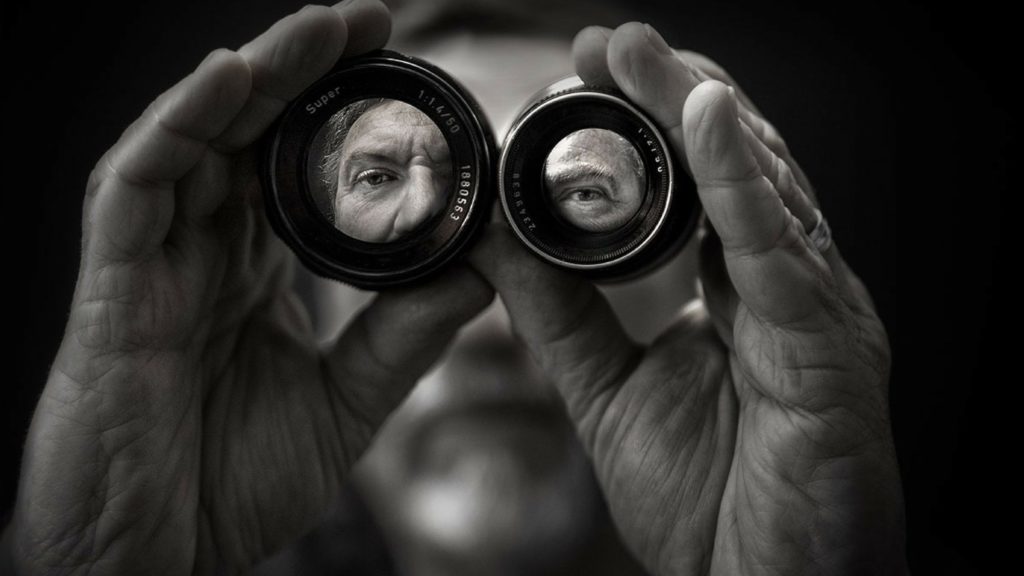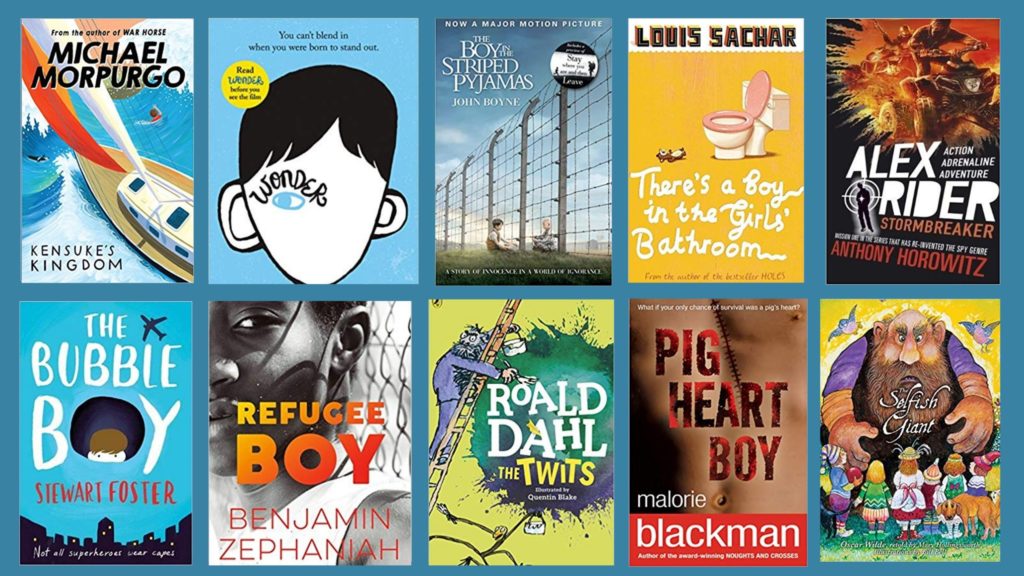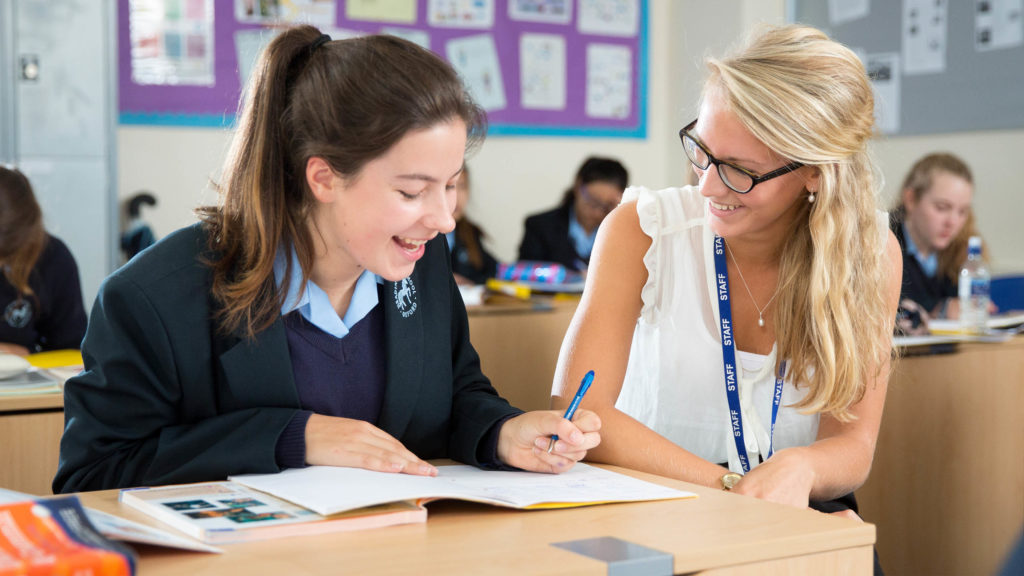What is Pedagogy and why should we care?

Without giving too much away, you should care – a lot.
If you have trained as a teacher, you will have explored theories about teaching and learning. Let us park these for now and attend to what the term ‘pedagogy’ can mean in the everyday world of a teacher.
In short, pedagogy relates to how you teach. This blog will develop this to explore how pedagogy is now much more complex than the analogue in the 1990’s when I started teaching.
When I trained to be an English teacher, I would spend endless hours studying texts in preparation for my lessons. I already thought I knew some of these texts well but there were also a few that I did not study for my degree. In any case, the level of knowledge required to teach Key Stages 3, 4 and 5 was much more precise than the sometimes tangential, indulgent, theoretical ideas in which I had been proudly immersed at an undergraduate level.

In short, I had to know everything that happened in a piece of text and why. I also needed to know how characters related to one another. More importantly, once I had understood everything related to each text, I had to think of interesting activities for the pupils. These activities had to help them learn. Trainees nowadays need also to provide evidence of having met the Teachers’ Standards. No pressure, then…
Crucially, the challenge was to generate activities to help the lessons meet the learning goals. This was good news, as it took some of the pressure away from the teacher. I recall being tied to my study guides, in the same way as contemporary trainees are attached to their PowerPoints. Once I was freed up to embrace my status as a facilitator – not the font of all knowledge – this helped me pay more attention to learning.
Pedagogy, then, became something more inclusive and holistic; I could now start accompanying the students on this journey, as opposed to merely reciting the timetable.
Once I grasped what pedagogy really was, I understood that how I taught needed to build on prior knowledge, offer adequate scaffolding but challenge appropriately. Before any of this, the lessons would need to hook the pupils onto where the lesson was going.
This hook could be in the form of an easy recap to build confidence, a mini test, a thought-provoking image or counter-intuitive statement.
Starter activities can be ambitious but their goals should be attainable: if the teacher is essentially asking pupils to understand what is inside their head, they are likely to hear the whisper of tumbleweed – or worse. At best, the lessons would be structured in a clear and logical fashion, with smooth transitions and numerous opportunities to collaborate, offer feedback and check student understanding.

There would be varied, pacey activities that combine the need for variety with the space to think. These activities could be planned at the start of the year, then repeatedly tweaked. I developed an activity arsenal of role plays, recasting, match exercises, close procedures; Venn diagrams, graphic organisers, jigsaw activities, mini plenaries and learner-centered plenaries to provide evidence of learning that had taken place.
These (and many more) activities became my personal pedagogy but this was always monitored and negotiated, as learning is a democracy, not a dictatorship.
But how can a trainee or new teacher succeed in developing a series of successful ways of teaching? The answer lies partly in knowing their different groups’ requirements and dynamics (and how these change at different times). They will also need to know the tools that work for them but always be open to new ways of learning. Teachers should build a bank of successful activities that help encourage meaningful formative assessment.
Want to read more? Check out Pete’s piece on the Teacher Recruitment & Retention Strategy 2019 here.








Responses